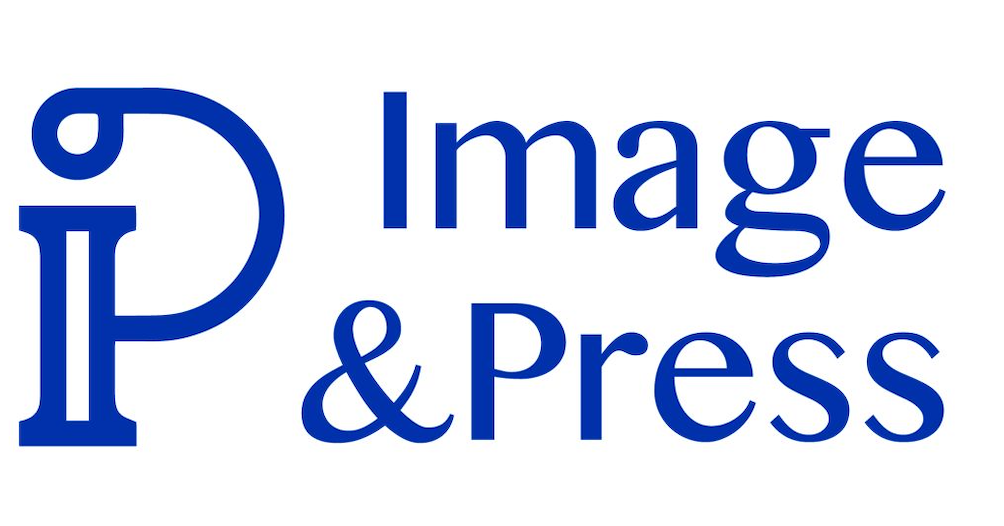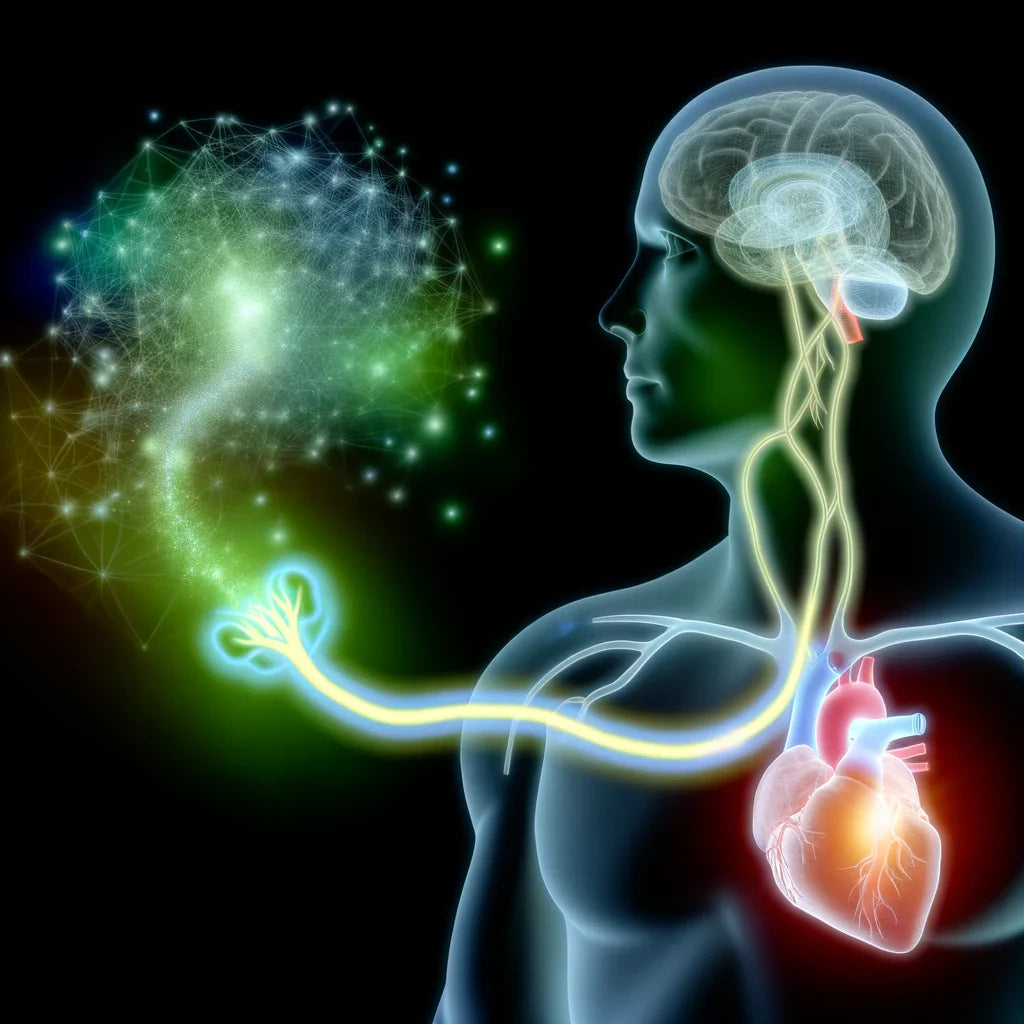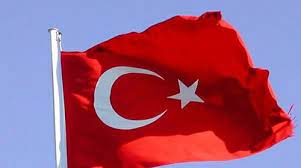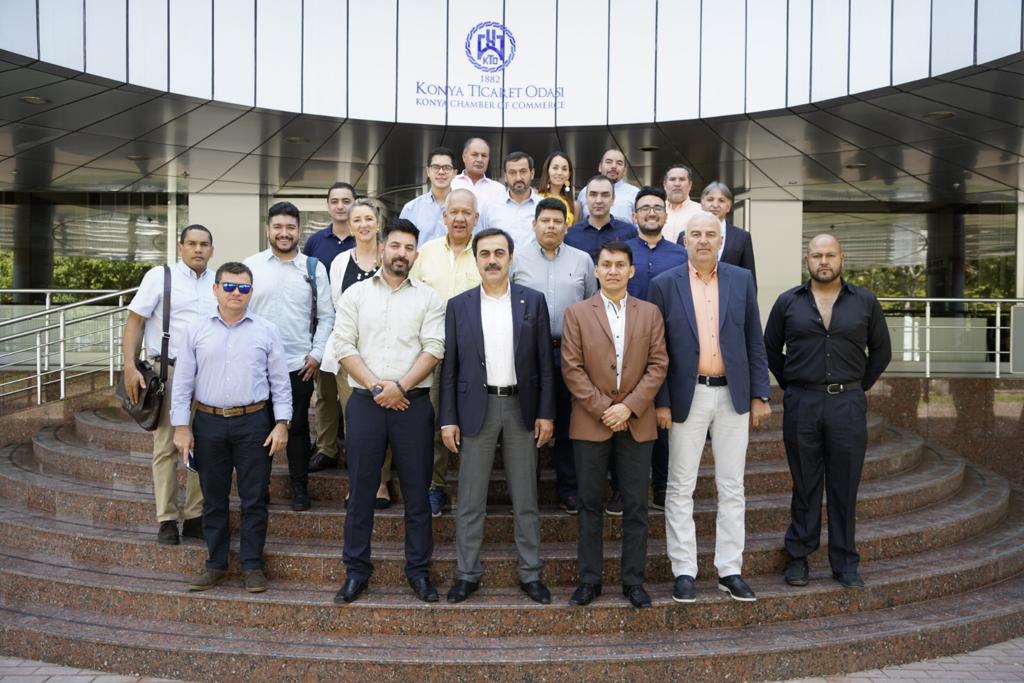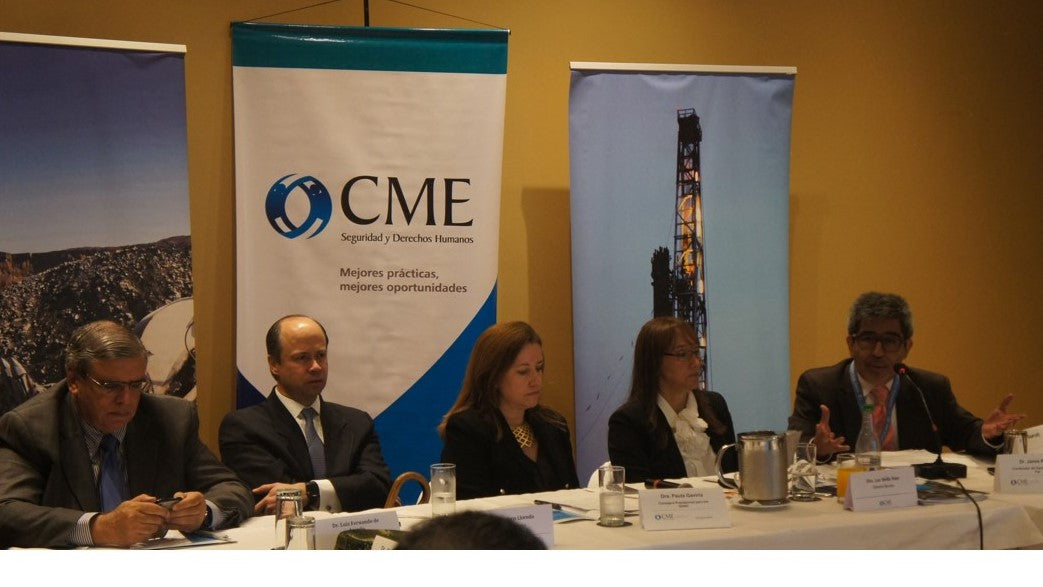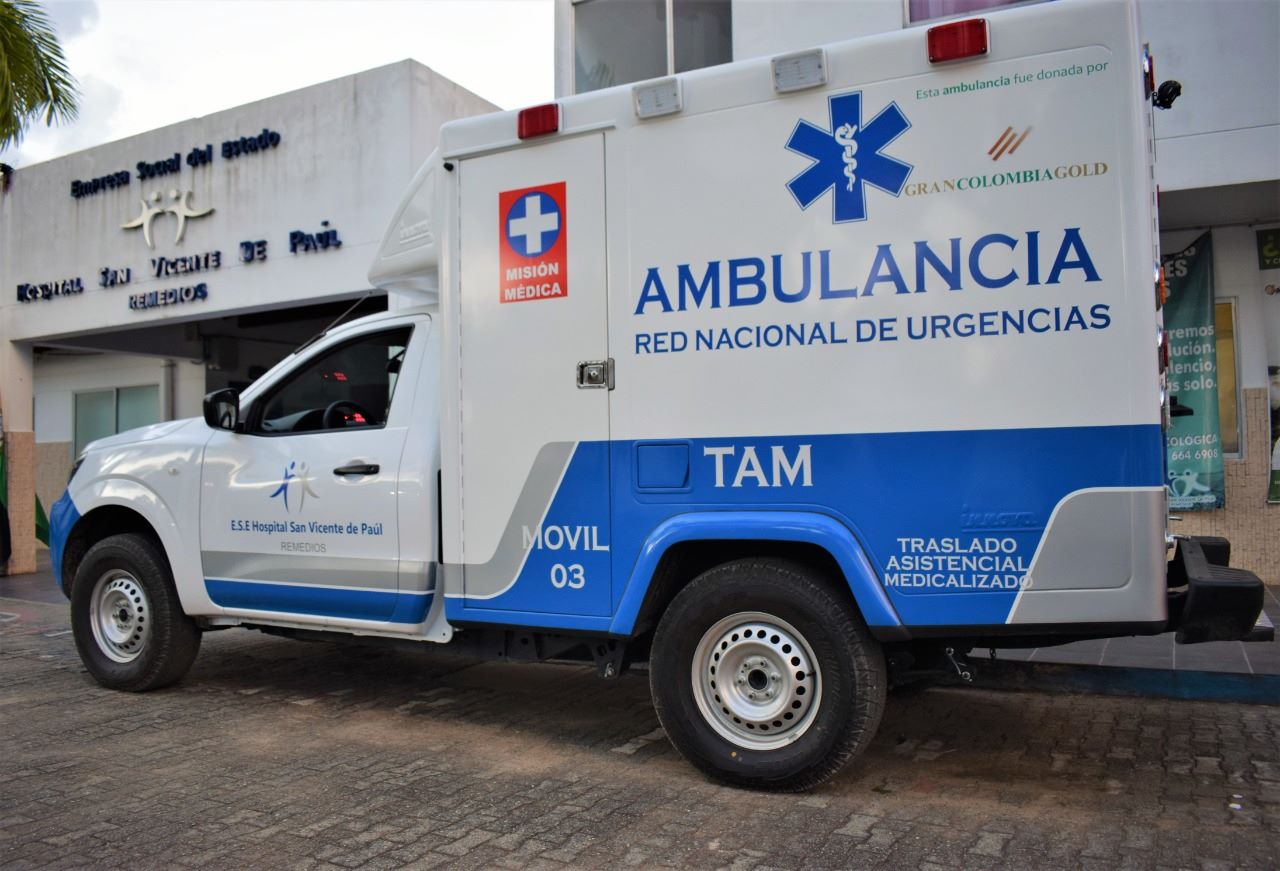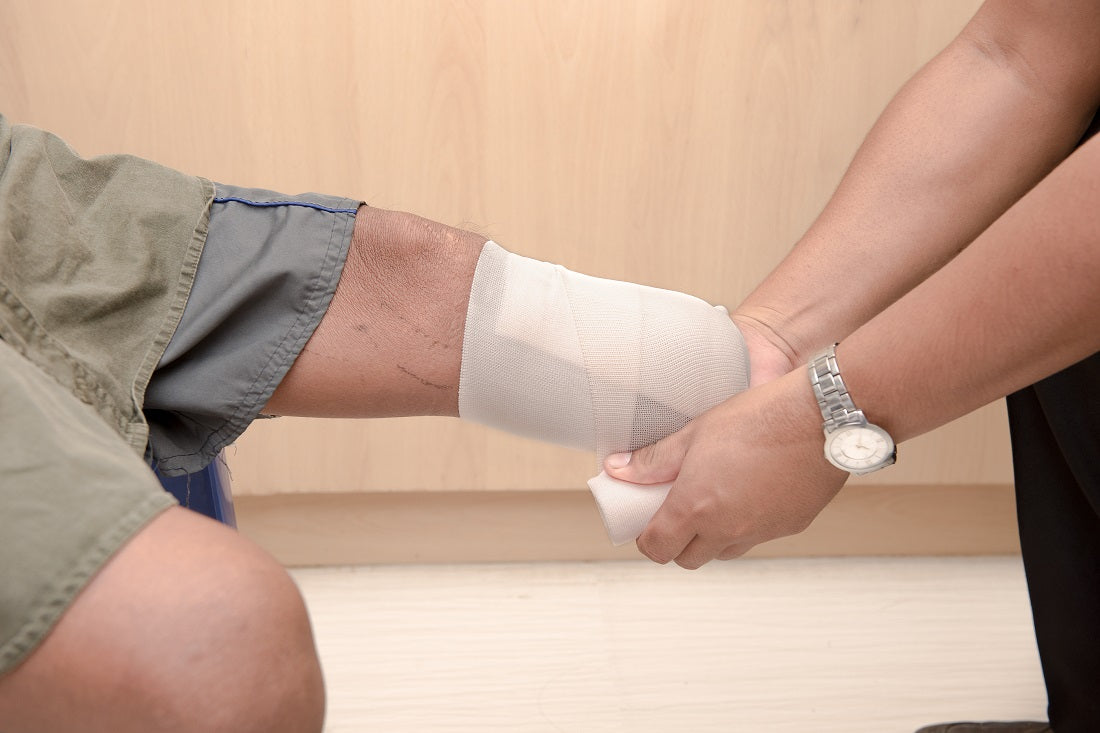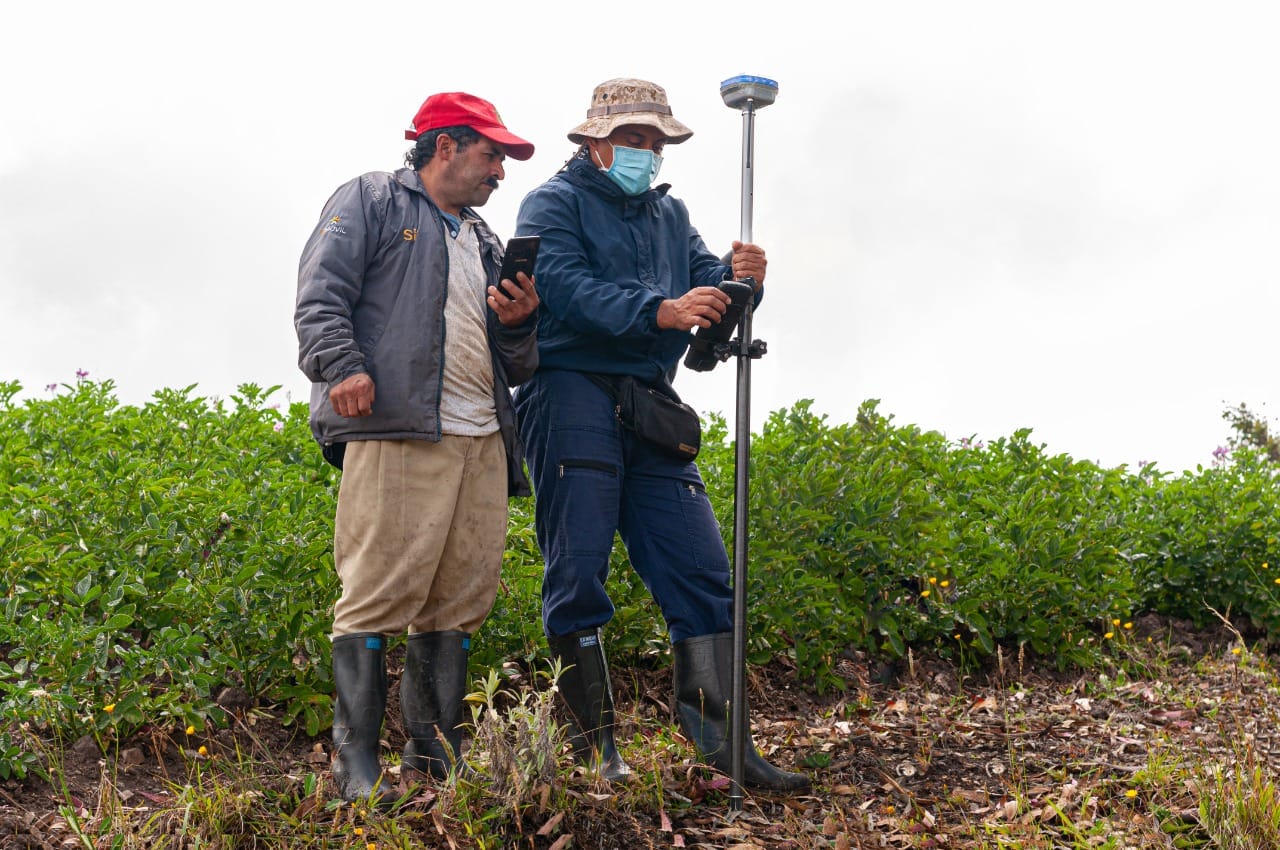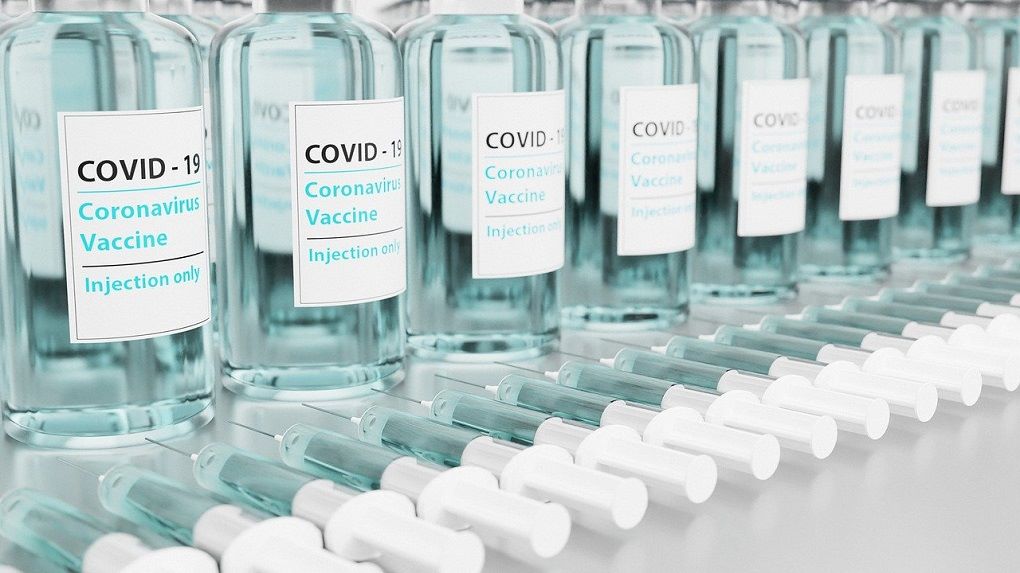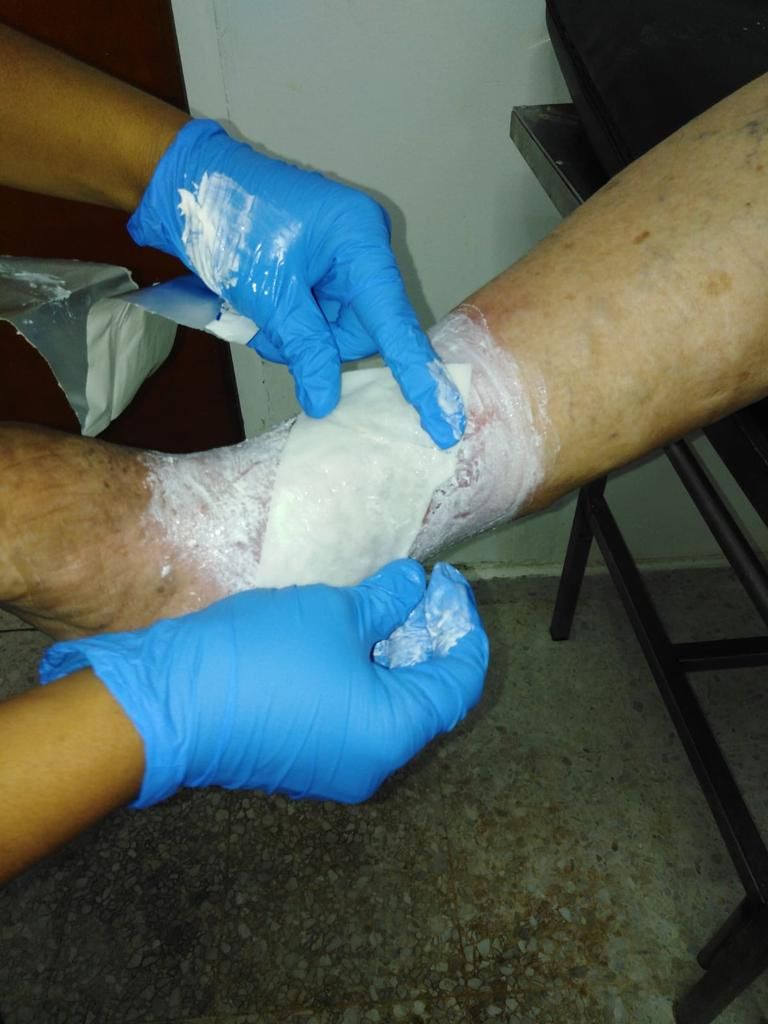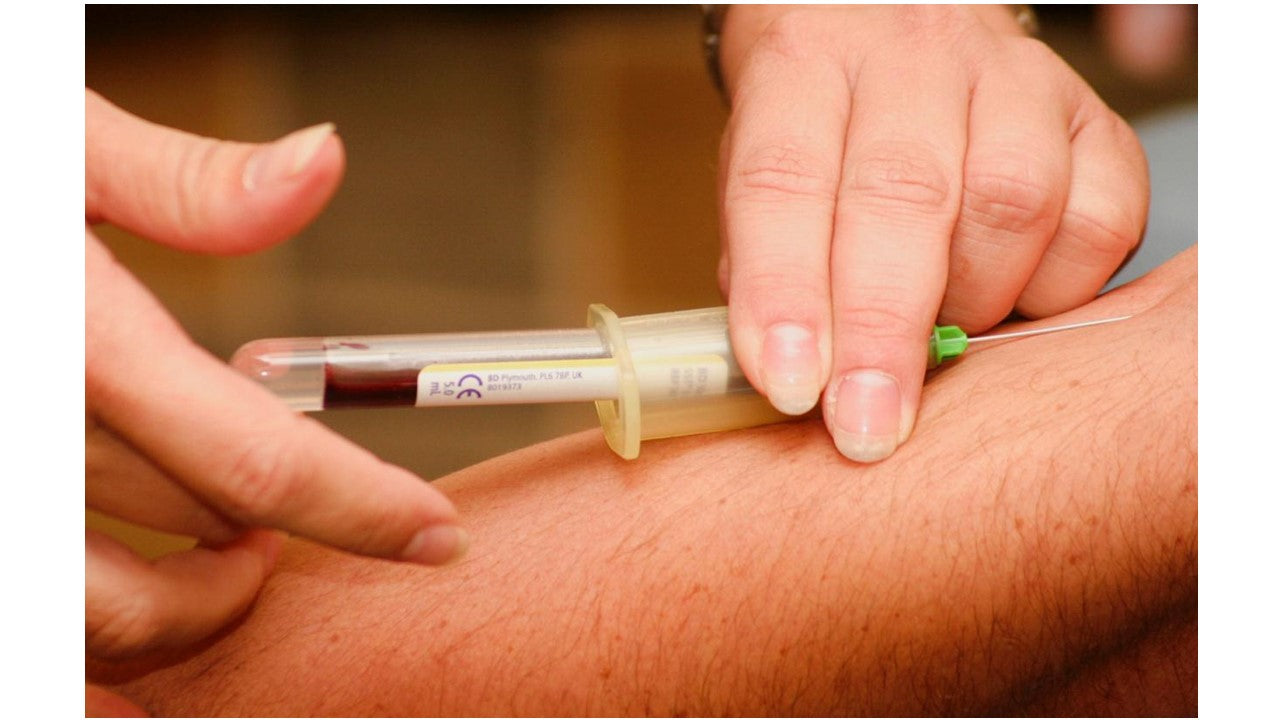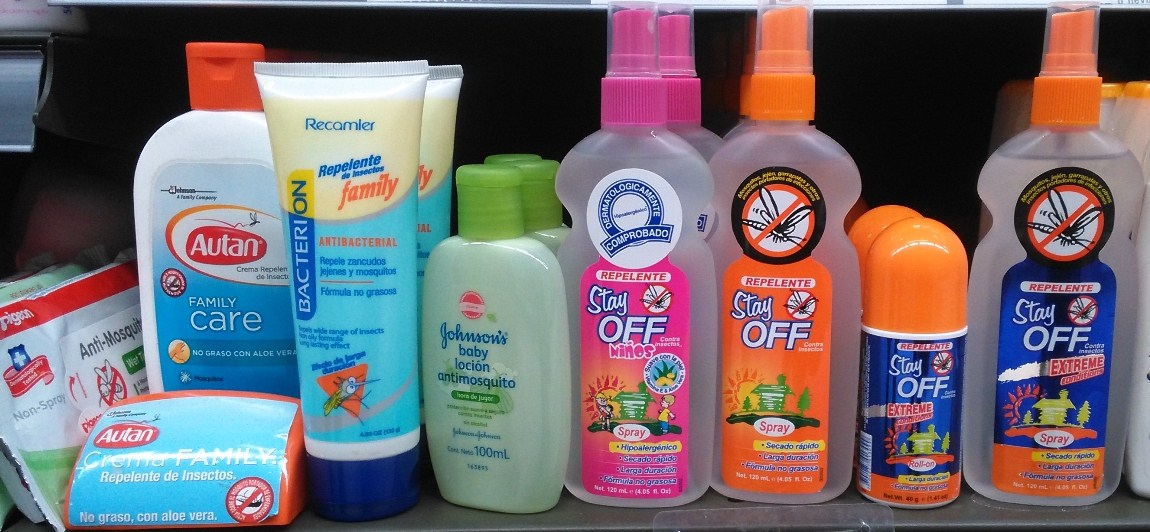
- 29 Apr 2023
Find out about the factors that can trigger psoriasis, a disease that affects about 125 million people in the world
According to the latest global report from the World Health Organization (WHO) on psoriasis, this disease has a worldwide prevalence that ranges between 2 and 3%, affects about 125 million people in the world and It can be caused by some triggers or internal factors such as genetic predisposition and other external ones, including infections, stress and trauma such as sunburn [1] .
According to Guillermo Gutiérrez, executive director of FUNDAPSO and vice president of ALAPSO (Latin American Psoriasis Alliance), psoriasis is an autoimmune, chronic, inflammatory, non-contagious skin disease that presents in patients mainly in the form of thick plaques covered in scales which generate symptoms such as swelling, pain, discoloration and itching. They are frequently found on elbows, knees, fingernails, toenails, scalp, face, among other parts of the body.
The exact cause of the disease is still unknown, however it is possible that there is a genetic and hereditary factor that increases the possibility of suffering from psoriasis if a first-degree relative such as the parents suffers from it. In addition, there are external factors that can help trigger the pathology [2] .
These external factors include infections, stress, systemic drugs, that is, oral or injectable treatments, minor trauma, and sunburn [3] . This last factor can be detrimental to the psoriasis patient as it may worsen the symptoms of the disease [4] .
Although the treatments for psoriasis include artificial exposure to UV rays called phototherapy and natural exposure (heliotherapy), this must be carried out in a controlled manner in time and frequency, since excessive and insufficient Responsible exposure to UV rays can generate trauma in areas free of plaques characteristic of the disease and trigger lesions typical of psoriasis, this is known as the Koebner phenomenon [5] .
Some of the basic recommendations to take care of ultraviolet rays cited by the WHO in the Practical Guide on the World Solar UV Index are to reduce exposure to the sun during the central hours of the day because between 10:00 am and 2:00 pm :00 pm 60% of daily UV radiation is received, seek shade as this can reduce UV radiation by more than 50%, wear clothing that helps protect the skin and use sun protection products [6] .
In addition to phototherapy, there are other treatments for psoriasis that include oral therapies, topical medications such as creams and lotions, and biological injectables that help reduce the speed with which cells regenerate, reducing inflammation, as they direct their mechanism of action. action to the cells or proteins that cause the disease. These mechanisms act on all the symptoms of the pathology and not only on the plaques, and they also allow the patient to keep the disease under control.
Psoriasis can affect anyone of any age, however it tends to occur most frequently between 15 and 35 years of age [7] . There is no specific way to prevent the disease because the exact causes are still unknown; however, it is important to consult a specialist for any characteristic symptoms in order to have a timely diagnosis and adequate treatment.
[1] WHO Global Psoriasis Report http://apps.who.int/iris/bitstream/10665/204417/1/9789241565189_eng.pdf
2 WHO Global Psoriasis Report http://apps.who.int/iris/bitstream/10665/204417/1/9789241565189_eng.pdf
3 WHO Global Psoriasis Report http://apps.who.int/iris/bitstream/10665/204417/1/9789241565189_eng.pdf
4 http://www.accionpsoriasis.org/liberatupiel/Accion-Psoriasis-Articulo-3.htm
6 http://www.who.int/uv/publications/en/uvispa.pdf
7 http://www.dmedicina.com/enfermedades/dermatologicas/psoriasis.html
[1] WHO Global Psoriasis Report http://apps.who.int/iris/bitstream/10665/204417/1/9789241565189_eng.pdf
[2] WHO Global Psoriasis Report http://apps.who.int/iris/bitstream/10665/204417/1/9789241565189_eng.pdf
[3] WHO Global Psoriasis Report http://apps.who.int/iris/bitstream/10665/204417/1/9789241565189_eng.pdf

